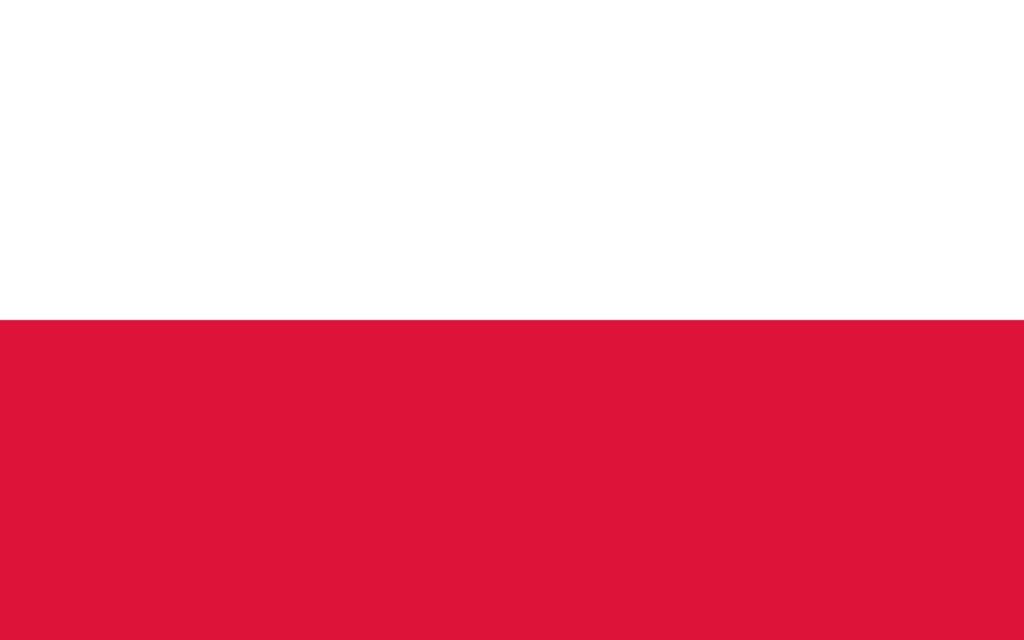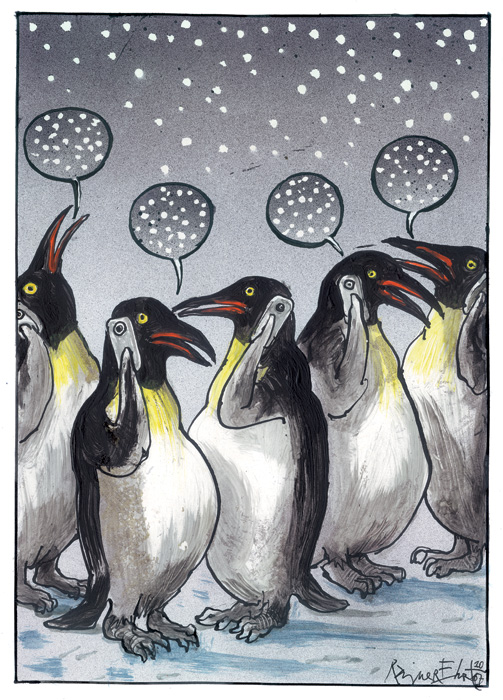Satyrykon has been for years one of the most important and prestigious international competitions in its category.
It has always stood out with the extent and quality of the selected works. This year it also distinguishes from the previous editions with a spirited, in my opinion, organisers’ decision: a jury comprising only women.
I would like to stress good power and ability of foreseeing this choice and thank straight forward the organisers for a great honour to be the part of this jury.
Someone could object that a jury of this kind has some limitations of one-sided interpretations. Just on the contrary, I guarantee, that there were many and different from each other viewpoints. We all realised this, analysing and selecting the works side by side. At some moments we were univocal, at some we needed time for reflection and confrontation. Nevertheless, it was always a peacefusl and constructive confrontation.
Eight women, eight professionals differing with their origins and education but equally firmly determined to choose out of 2.200 works the ones that most deserved respect regarding their contents, originality, sense of humour and technical skills. The ladies were so focused on their task that they did not even notice that among the awarded ones… there was not a single draughtswoman. And this the only thing I regret!
The level of the sent-in works was strikingly high: both in numerous and divers joke section, and in a smaller but more homogenous satire section, where some subjects used to repeat more often because of topicality. The attitude towards power and particular governors, illegality, women, the poor or emigrants issues, religious and ecological questions. These, and a lot more, issues were treated in both sections. Eventually we noticed a strange coincidence. The gradual selection left us with the three authors who raised the subject of the Internet and social portals in their own way. Apparently Facebook characterise the times we live in and becomes a commom topic for the artists to whom we gave the highest awards.
Graphic humour is both simple and strange art. What can be hidden and in reverse what can be read from a drawing? We smile, of course! A key to read a cartoon is a joke, sometimes a small one, but the contents is indicated precisely and it is important. The open handcuffs which are related with breasts and freedom of Pussy Riot are more effective than any written article. Facebook which has become a church or a new empire which rules and feeds leave no doubt about it.
Each and every cartoon is a small universe. Poetry, paradox, surprise, joke and critical intention are used in appropriate proportions.
From among numerous works I liked I would like to mention one, despite it was not awarded, as it is a pertinent metaphor of our western society. The cartoon depicts a colony of penguins trying to phone each other. All of them are close to each other, squeezed up, during chats…, it is snowing. And on the phone they cannot say anything else but… it is snowing.
This is the way our communication may look like: superficial, excessive, valueless and useless as well. Just a twitter.
A cartoon is just the opposite: it is an image that with the aim of silent forms, colours, lines and very different styles, becomes a powerful crystal voice. The voice capable of examining the world and allowing us to get to know it better, not refusing us a chance to smile.
Marilena Nardi
International Exhibition
SATYRYKON – Legnica 2014
Copper Museum in Legnica
(6 July-31 August 2014)
post-competition exhibition opening – ul. NMP in Legnica (near Satyrykon Knave Statue)
13th June 2014, 5.00 p.m.




